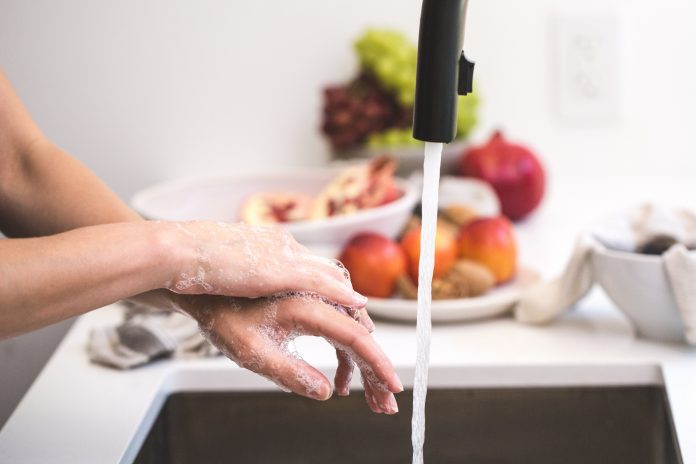According to all available sources, there isn’t much we know about the novel coronavirus. Doctors and scientists with the Centers for Disease Control and Prevention say that there is a lot to be learned about the Coronavirus (in general) and COVID-19. There is no place for panic at the moment however; we all need to be cautious.
Who Is at Risk?
What you should know about this new virus is that early information out of China suggests that some people are at higher risk of getting very sick from this illness. And it is not just older adults. This virus is deadly for people who have serious chronic medical conditions like heart disease, diabetes, or lung disease. This is why you must not be selfish and start thinking about your family members, neighborhood and (inevitably) the entire world.
Precautions
If the COVID-19 outbreak happens in your community, this could last for a really long time. And to avoid getting sick it is a good idea to take everyday precautions. You should:
- Wash your hands often with soap and water (for at least 20 seconds). Wash them whenever you blow your nose, cough, and sneeze or come back home from a public place.
- You can also use hand sanitizer with at least 60% alcohol.
- Do not (or try to avoid) touch surfaces in public places. You can use your sleeve (elbow) or a tissue to cover your hands if you have to touch something.
- Again, wash your hands often.
- Keep your distance from other people. And avoid handshaking. Use fist bumps if you really have to touch someone.
- Avoid crowds, especially in closed spaces and in poorly ventilated areas.
- Avoid traveling by bus, trains, planes, especially by cruise ships.
- Avoid touching your face and cover your mouth with your elbow when sneezing and/or coughing.
And what is maybe the most important thing for you and your family members is to make sure you clean and disinfect your home to remove germs! You can also have a team of cleaners come to clean for you.
Transmission, Cleaning, and Disinfection
We all saw photos from the areas that were hit the hardest by the novel coronavirus. Everything that we could see tells a story of disinfection. You could see trucks spraying streets and sidewalks and phalanx of sanitation workers wearing backpack tanks fogging entire areas in China, Italy, South Korea, etc.
Like most other viruses, this SARS (severe acute respiratory syndrome) coronavirus, is also thought to spread through invisible droplets sent into the air when a sick person coughs or sneezes. Those droplets are then either inhaled by nearby people or they land on surfaces that others can touch and get infected by touching their eyes, mouth or nose. Nobody knows for sure how long this virus can survive out there in the open. Numbers suggest anywhere from 3 hours to several days depending on the material on which they land. This is why you should take off your shoes in front of your doorstep. You could risk bringing the infection inside if you come into your home with your shoes on.
You can practice cleaning of frequently touched surfaces (tables, light switches, toilets, faucets, sinks, etc) using household cleaners and EPA-registered cleaning products that are appropriate for the surface. You should follow the label instructions. Make sure you have good ventilation while using those cleaning products.
According to the CDC, for disinfection, you should use diluted household bleach solutions, alcohol solutions with at least 70% alcohol and most common EPA-registered disinfectants. This should be effective. You can prepare a bleach solution by mixing:
- 5 tablespoons (1/3rd cup) bleach per gallon of water or
- 4 teaspoons bleach per quart of water.
For soft surfaces like rugs, drapes, carpeted floors, etc. you should use an appropriate cleaner indicated for use on these surfaces.
The Two-Step Method
This two-step method is Clean First and Disinfect later. This means that you need to take care of surfaces like kitchen counters, tabletops, and bathroom surfaces first. Clean them from dirt, soap scum and food residue. You don’t have to use some expensive detergent for this. You can either spray the surface with distilled white vinegar or then wipe down with a clean cloth, use warm water and a microfiber cloth, or a cleaning cloth dipped into a detergent solution.
To disinfect the surfaces in your home from viruses and bacteria you can follow the advice given by a Middlesex University immunologist Dr. Darshna Yagnik: “Use a disinfectant which is alcohol-based or use rubbing alcohol with a strength of at least 70%. Alternatively use household bleach containing sodium hypochlorite diluted in cold water. Both methods should kill viruses quite quickly by breaking down their cell walls.”
Find a Home-Based Business to Start-Up >>> Hundreds of Business Listings.

















































